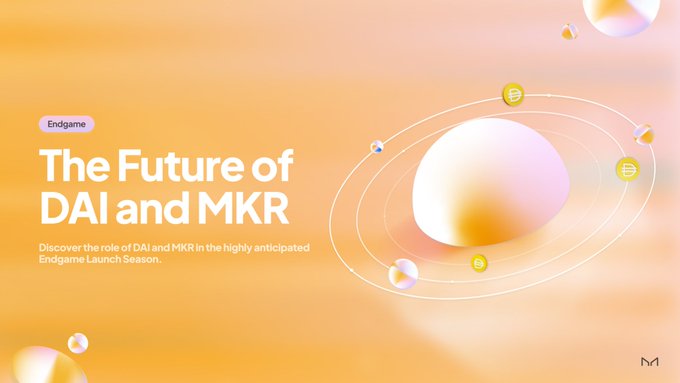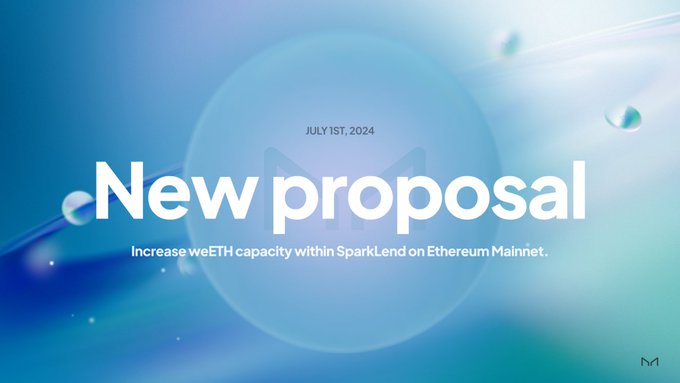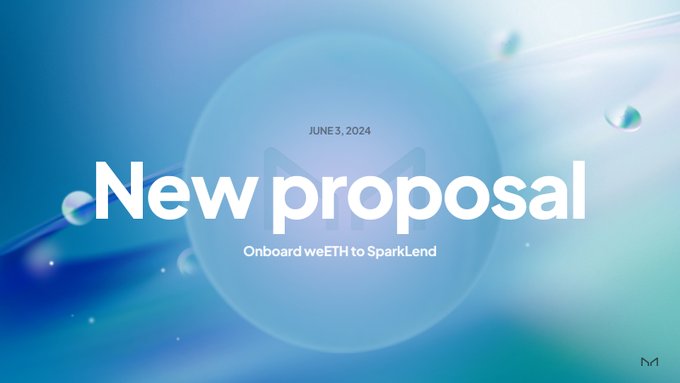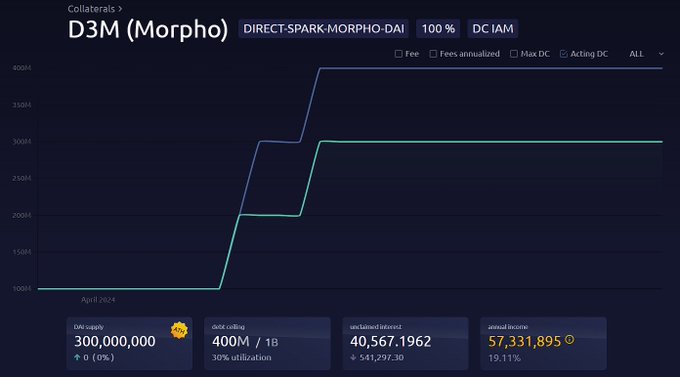MakerDAO Introduces NewStable and NewGovToken Ahead of Launch Season
MakerDAO Introduces NewStable and NewGovToken Ahead of Launch Season
🚀 New Tokens Incoming!

MakerDAO is preparing to introduce two new tokens, NewStable (NST) and NewGovToken (NGT), ahead of the upcoming launch season. NST is an upgraded version of Dai, designed for broader adoption and enhanced stability features. NGT represents a refined approach to governance within the ecosystem, aiming to encourage wider participation and more dynamic decision-making. Existing Dai holders can seamlessly upgrade to NewStable, with the flexibility to revert back to Dai. Each Maker token (MKR) can be converted into 24,000 NGT, promoting broader engagement in governance. These additions will not replace the existing Dai (DAI) and Maker (MKR) tokens. NST holders can engage in farming to earn NGT, with 600 million NGT distributed annually. The official names of NST and NGT will be unveiled through the new brand reveal.
As the launch season approaches, MakerDAO is preparing to introduce two new tokens - NewStable and NewGovToken. Explore the details below ↓
Endgame Introduces NewStable and NewGovToken

Endgame unveils NewStable (NST) and NewGovToken (NGT), upgraded versions of DAI and MKR. Key points: - DAI and MKR remain available indefinitely - 1 DAI = 1 NST, 1 MKR = 24,000 NGT - Upgrading is optional with seamless conversion - DAI to focus on crypto-native use, NST on mass adoption - NGT redenomination aims to boost governance engagement Users can continue using existing tokens or opt for upgrades. The ecosystem will explore ways to differentiate DAI and NST. This expansion offers new features while maintaining flexibility for token holders.
MakerDAO Governance Proposes Significant Protocol Changes

A new Executive Vote is currently open on the Maker Governance portal. If approved, it will implement several changes to the Maker Protocol, including reductions in Stability Fees for various collateral types and a decrease in the Dai Savings Rate from 8% to 7%. The proposal also includes updates to the Chainlink Keeper Network Treasury Address, an Aave-SparkLend revenue share payment, and Aligned Delegate Compensation for June 2024. Additionally, a Spark Proxy Spell will be triggered, reducing the Spark Effective DAI Borrow Rate and increasing the capacity of weETH. MKR holders and delegates are encouraged to participate in shaping MakerDAO's future by voting or delegating their MKR.
Governance Poll Approves Increase in weETH Capacity for SparkLend

The Maker Governance Poll to increase weETH capacity in SparkLend has been approved. The proposal, promoted by Phoenix Labs and supported by a risk analysis from BlockAnalitica, will be included in the next Executive Vote. If passed, it will increase the weETH Supply Cap Max to 200,000 weETH and the weETH Isolation Mode Debt Ceiling to 200 million DAI. This decision comes in response to strong demand for weETH since its integration into SparkLend in mid-June, with deposits reaching several million within the first weeks. The changes aim to enhance user experience and improve the ability to borrow DAI at scale on Ethereum Mainnet.
Proposal to Onboard Etherfi's weETH into SparkLend Open for Voting

A new proposal to list Etherfi's weETH, the largest Liquid Restaking Token (LRT) on the market, as collateral on SparkLend is now open for voting in the Maker Governance Portal. Phoenix Labs has proposed listing weETH to increase DAI borrowing on SparkLend, given the low competition for borrowing USD stablecoins using LRT collateral. The initial parameters and risk assessment are based on current market and liquidity conditions for weETH, with a proposed Loan to Value of 75%, Liquidation Threshold of 73%, and Supply Cap of 5,000 weETH. If approved, this change will be part of an upcoming Executive Vote in SparkLend.
Spark MetaMorpho DAI Vault Allocation Updated

The allocation strategy for the Spark MetaMorpho DAI Vault has been updated following recommendations from the BlockAnalitica team. The updates involve adjustments to the allocations across various USDe and sUSDe vaults with different Loan-to-Value (LTV) ratios. The total Direct-Deposit Module exposure remains unchanged. The updates aim to maintain an optimal balance between risk and return while keeping the overall exposure within sustainable limits.
